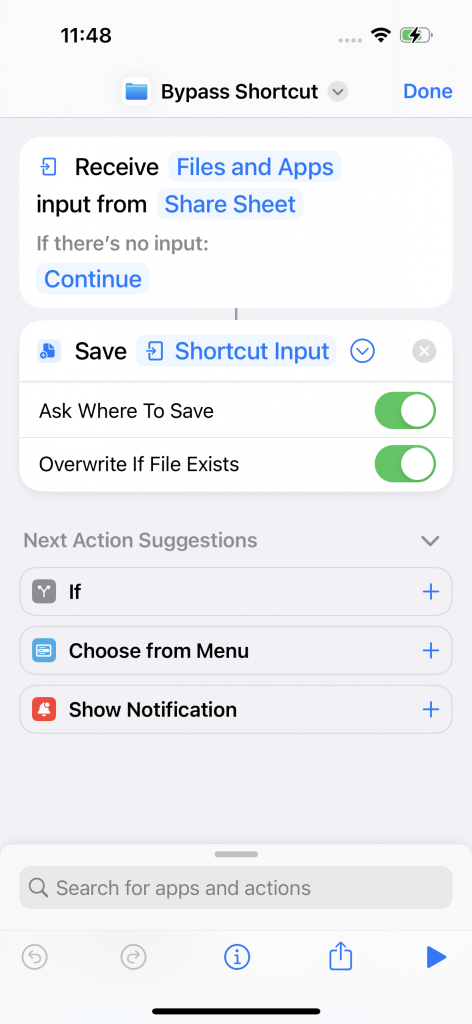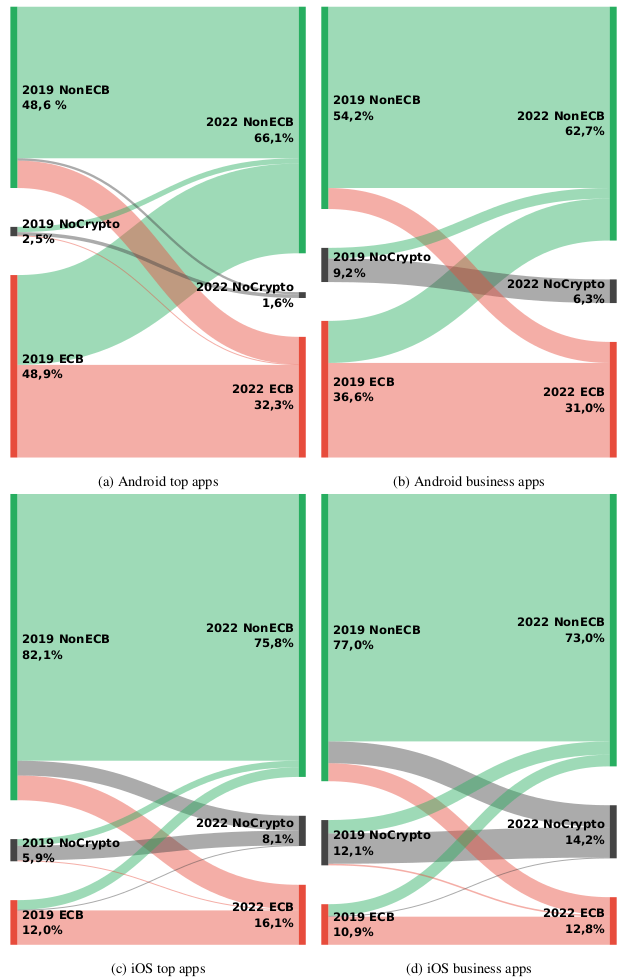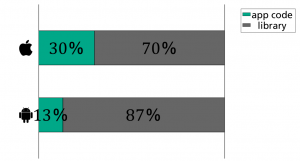The number of ways to bypass iOS data flow restrictions meanwhile has further increased, but Apple still does not bother to fix them. So, the question is: How trustworthy are iOS MDM restrictions if even simple tricks to bypass them are not closed by Apple?
In many enterprises, there is the need to separate data of different origins or trust levels. In COPE (company owned, personally enabled) deployments this typically is the separation between private and business apps. Whereas in COBO (company owned, business only) deployments often data of supporting tools (such as travel management) should be separated from confidential enterprise data or other data with higher protection requirements.
Apple acknowledges this demand of controlling the data flow, “to keep it protected from both attacks and user missteps” by applying the Mobile Device Management (MDM) settings “Managed Open In” and “Managed pasteboard”. However, we have already demonstrated that it is possible to circumvent these MDM restrictions with the pre-installed iOS Shortcuts App. Others also reported issues already in 2020 with the possibility to use the “Quick Look” functionality of the native iOS email client for a bypass, also demonstrated in a video.
New Findings
The recently new discovered and reported issues are related to the iOS Files app. The first issue is related to the “Recents” Tab of the Files app. When a user had opened any document in a managed app before and now open an unmanaged document in the “Recents” tab of the Files app, the share action incorrectly presents a list of managed apps instead of unmanaged apps. The opposite direction for the bypass (managed to unmanaged app) is the second newly reported issue. Deleting a managed document with the Files app and copying it to an unmanaged app folder (instead of restoring it) removes the MDM restriction and permits the user to open the document in the unmanaged app. This is also shown in our extended demonstration video, now demonstrating five unfixed issues with the iOS data flow restrictions.
Reactions to Reported Issues
We again reported the two new issues to Apple, but also this time, Apple argued that “MDM profiles provide configuration management but do not establish additional security boundaries beyond what iOS and iPadOS have to offer.” A similar argument was also given for the reported MDM restriction bypass of SySS GmbH.
For all these six bypass issues, there are currently no mitigations available. Taking all the current conversations with Apple into account, and as reported issues of 2020 are still not fixed, there seems to be no justifiable reason to believe that our findings will be fixed sooner.
Consequences for Enterprises
MDM restrictions are a vital instrument for securing the usage of iOS devices in enterprise environments. Only thanks to these restrictions, the requirements of enterprises can be fulfilled for a device that is primarily developed for the consumer market. Even with effective MDM restrictions it is still a challenging task for enterprises to keep up with constantly changed and extended features of mobile smartphone operating systems. And often enough, MDM restrictions that would make new features acceptable for enterprises are released only major versions later, if any (e.g., still no possibility to prevent a mix-up of private and enterprise passwords when switching between private and enterprise Apple IDs in COPE deployments, discussed in an upcoming article).
Experiencing the lack of support for fixing multiple reported issues in advertised security features now raises the question: Which other MDM restrictions are insecure? When one follows Apple’s argument, for any other bypass of such MDM restrictions a patch will be rejected and probably already have been rejected before, as MDM restrictions are always just configuration options per definition. This isn’t then only a technical issue, it becomes an issue of trust in supporting enterprises with reliable solutions.
In consequence, the missing patches reduce the possibilities for a secure iOS enterprise deployment in COPE and COBO scenarios.














